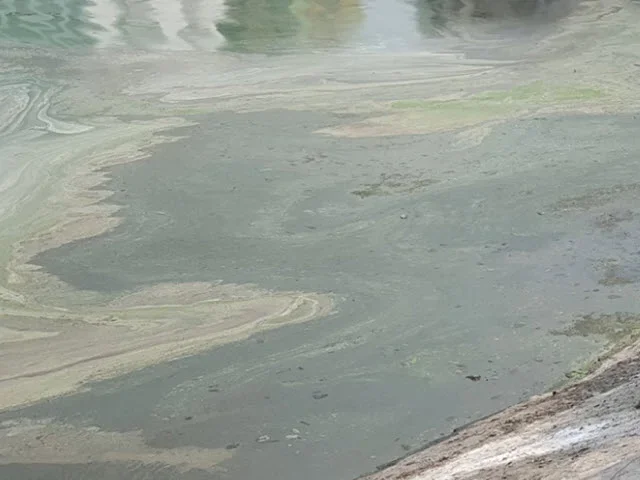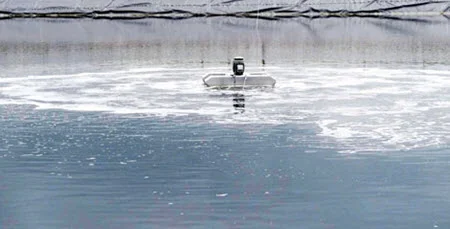
Improving water quality with microbes and dissolved oxygen
- Arthur Charles
Improving water quality with microbes and dissolved oxygen
One of the stated goals of the frac industry is to be able to remediate and recycle frac water as many times as possible before it has to be disposed. Ideally, the recycling process would continue indefinitely or until the water evaporated through natural means.
The expressed desire of the industry is to have a low tech, low cost, straightforward method of remediation which does not require the use of PhD scientists turning knobs on high-tech machines.
There is no shortage of companies offering methods for recycling frac water. Not only are these companies in cost-competition with each other, they each are competing with the cost of fresh water and the attendant costs of water transportation and disposal.
 The frac industry at large is growing in its awareness of two methods of low cost water remediation that are commonly used in other industries. These methods employ the use of dissolved oxygen and/or the addition of microbial inoculums. Numerous studies have shown that contaminants in frac water can be remediated to varying degrees by these same low tech methods.
The frac industry at large is growing in its awareness of two methods of low cost water remediation that are commonly used in other industries. These methods employ the use of dissolved oxygen and/or the addition of microbial inoculums. Numerous studies have shown that contaminants in frac water can be remediated to varying degrees by these same low tech methods.
Microbes and dissolved oxygen each can remediate contaminants in frac water, but they work through different pathways. Simply stated, microbes can “digest” certain contaminants, turning them into carbon dioxide gas which escapes harmlessly. Dissolved oxygen takes more of a “chemical” approach in that it can combine with certain constituents in frac water creating new, less harmful compounds. However, as effective as each method is alone, it is the combination of the two which can produce dramatic results.
The microbes of interest are aerobes (i.e. “air breathing” microbes). To live and reproduce to any significant degree in frac water, these aerobes need copious amounts of subsurface dissolved oxygen. The best method for introducing dissolved oxygen into frac water is by a mechanical device referred to as a self-aspirating aerator. This class of aerator has many advantages over conventional means of aeration as listed below.
Paddle wheel aerators thrash the water and introduce large diameter air bubbles which escape too rapidly into the air. The bubbles often are far too large to be of significant benefit to microorganisms.
Nano-Tube diffuser aerators are notorious for having emitters that clog quickly. Plus, such aerators cannot disperse the dissolved oxygen as rapidly as is needed in a frac pit.
Fountain-type aerators, sometimes called splash aerators, attempt to capture dissolved oxygen by throwing water into the air. This method is highly inefficient compared to self-aspirating aerators which inject air into water. It takes less energy to move air than to move water.
Venturi-type aerators generally have a low dissolved oxygen transfer efficiency. Plus, most of these aerators are driven by submersible pumps in which the impellers can become clogged with debris. Even if a grinder pump is used, the small throat in the venturi can become clogged.
Surface aerators overcome many of the shortcomings of the above aerators. First, they inject into the water a plume of dissolved oxygen with particle sizes so small that it appears as if an underwater cloud is being formed. Second, they create a gentle, yet noticeable current which disperses the dissolved oxygen throughout the pit. Third, they are much less apt to become clogged, thus avoiding costly downtime. Fourth, they do not unduly roil either the surface or the bottom of the pit, thus avoiding surface foaming and too rapid agitation of settled contaminants.
Source, photo : Frac
Recent posts
Improving water quality with microbes and dissolved oxygen
November 14, 2024
